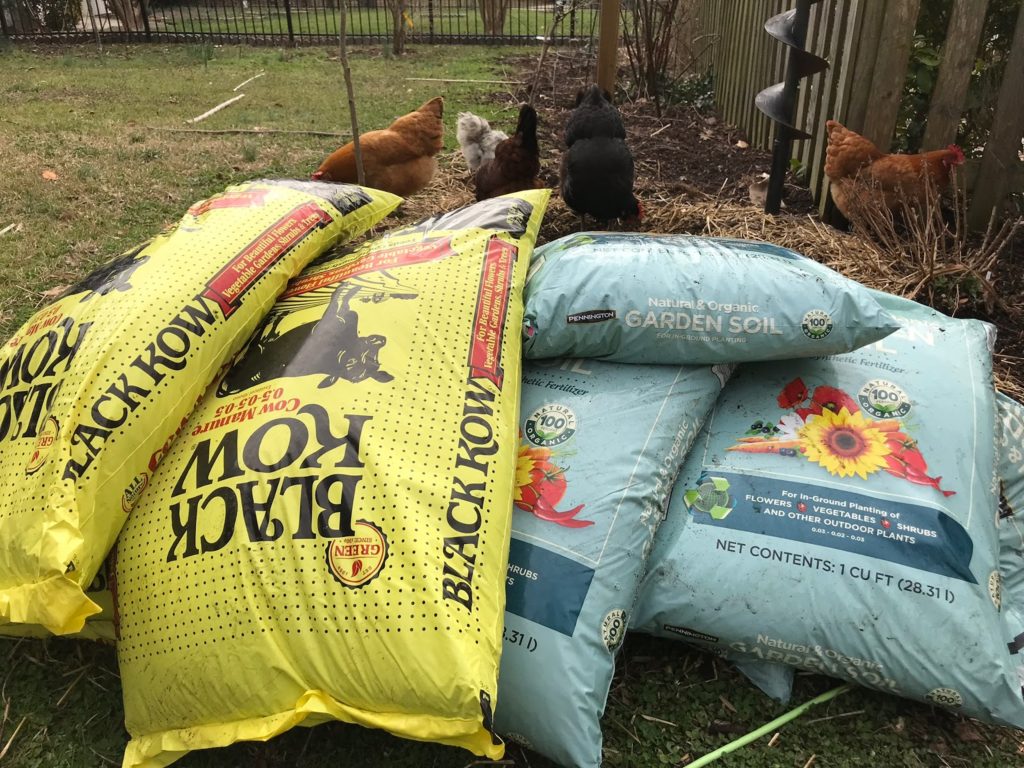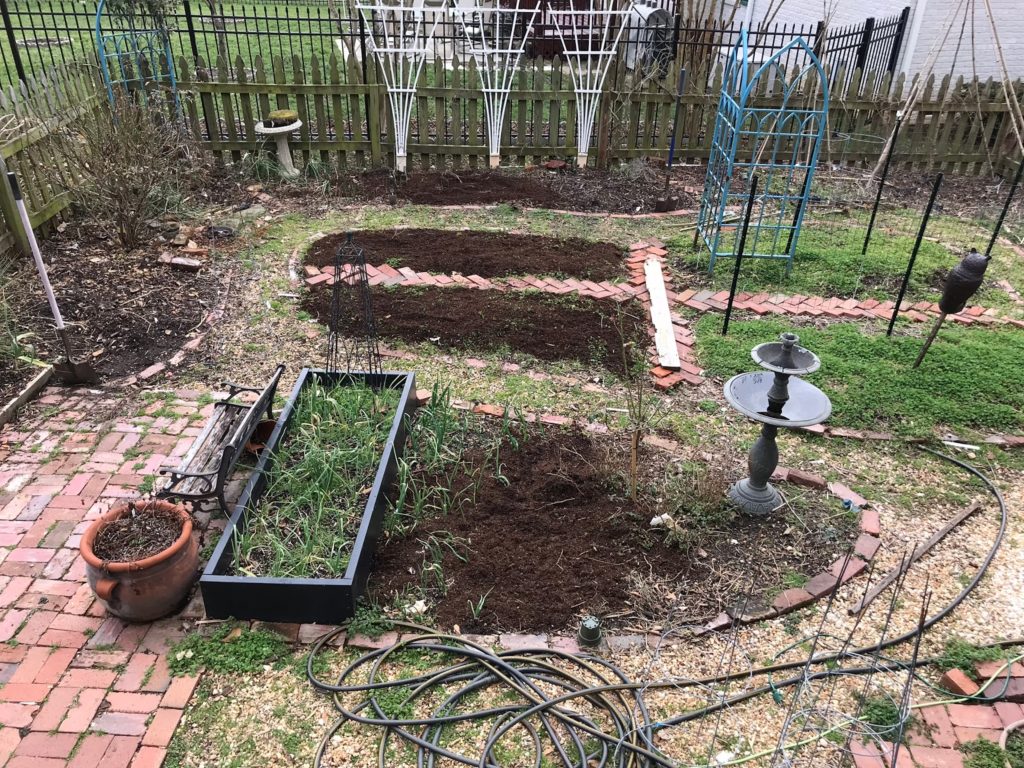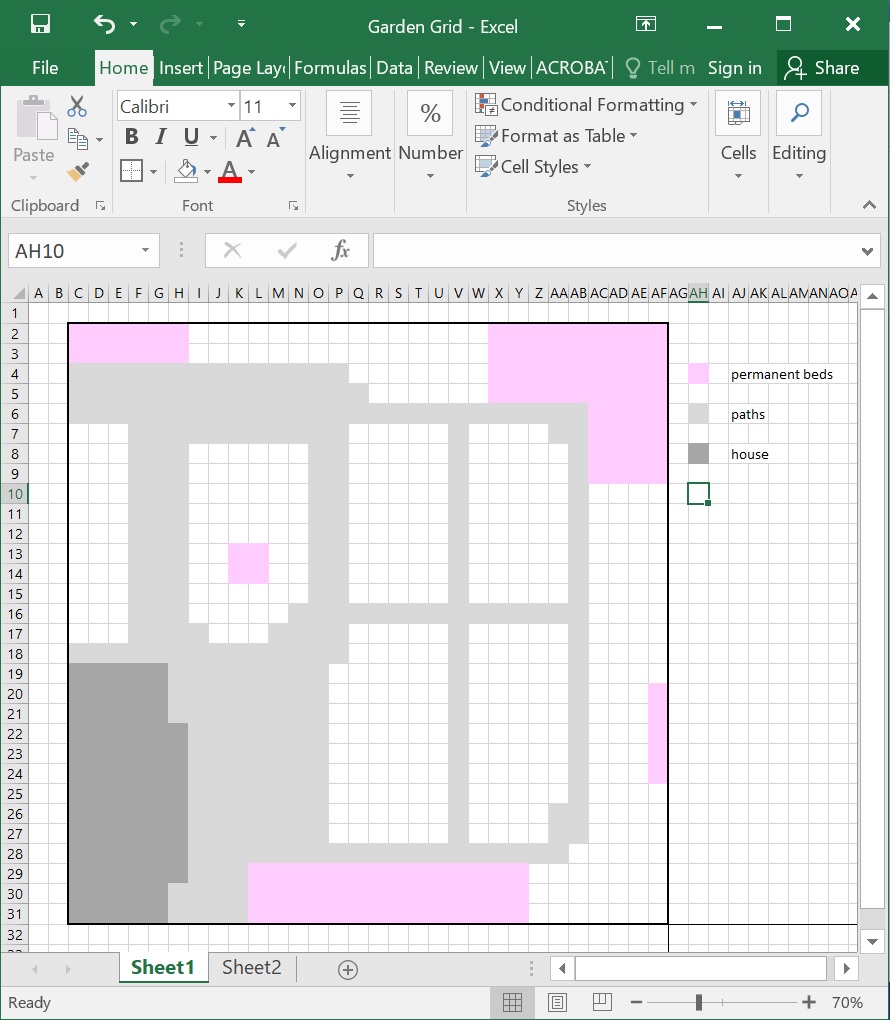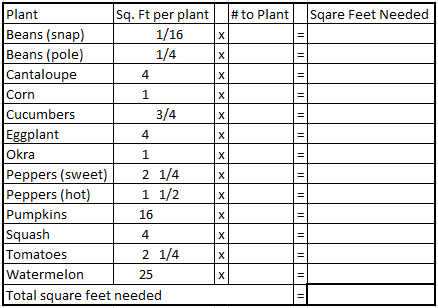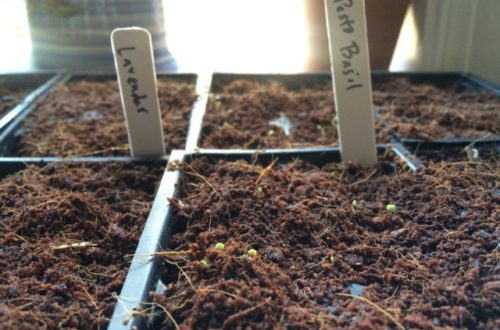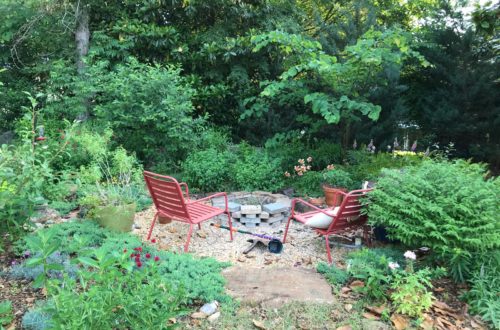Before the Last Frost (8 Weeks)
Here in Raleigh, we are about 8 weeks ahead of the last killing frost of the season. Last weekend was so cold and frozen that I did no soil prep until yesterday when I picked up some bags of soil on clearance at Walmart. I don’t often have to add new soil to the garden because we compost a good amount of the old plants, but anytime there are tomato vines suspected of disease, the go down to the curb for yard waste pickup. As soon as the pile of composted chicken bedding starts to break down, there will be some great “free” stuff for us.
This weekend is forecast to be rainy, so a planning weekend is appropriate. Looking now at my sprouts in the sunny corner of the living room, I realize I might should have waited on some of my greens. It’s okay. Some of the seed was older, so I’ll just consider it a “germination test” and start over. This week we are going to look at planning the layout for the garden.
The time I didn’t do a layout
While I was reviewing what to share from my old post for this week, I realized that I used be much more thoughtful in planning out my space. Since we added chickens last March, I was very preoccupied and didn’t check myself while I was started seeds. That backfired as Wookie and I loaded down his teepee so heavily with all the extras that everything shaded themselves out and we got very little production… great greenery but very little to eat. I also planted twenty varieties of tomatoes and nearly 1/3 of those plants didn’t do well. There was an early infestation of aphids and some disease seemed to spread after a wetter early season. I’m hopeful that the chickens will help keep our pests at bay this summer, but I have a feeling they will be the pain pests I’m trying to keep out, at least while the plants are still young and tender.
So this year I will share with you how to plan, and I will try to hold myself back a little. I have a tendency to end up with far more things to plant than there is space for. However, if you are willing to put in a little time and thought, there is no need to waste seed and materials.
Sketch your space
Sketch out your garden space. I find it helpful to use an Excel table (or grid paper) and have one grid square per square foot of space. Block out areas for paths, permanent fixtures like birdbaths, and perennials such as rose bushes or rosemary. Next, block out general areas of where you want specific crops to grow. I take into consideration the path the sun makes across the sky, the height of plants, shade, where I have planted things before (rotation is important with tomatoes in particular), which plants compete with each other or can serve as companions. I love using this article on Wikipedia as a guide.
Calculate the space you need for each crop
If you have a long growing season, you may have time to do multiple plantings. I usually only make a plan for my main summer crop as many of the cool season items will finish up before crops like tomatoes, okra and beans take off. I scatter carrots, dill and cilantro in early spring (sometimes late fall), and then when I am able to plant tomatoes, I just plug them in where I want them.
Make a table of the crops you plan to grow. Use the seed packets or an online table to determine the square foot requirement per plant. Multiply this by how many plants you want to get the total number of square feet needed.
Now it is your turn!
Tasks
- Make your own chart with the veggies you want to include.
- Determine how many of each you want to plant. For guidelines on how many plants are required to feed a person per year, check out “Home Vegetable Gardening” by NCCES.
- Determine if your plans exceed your capacity. If so, cut back on the plants, make plans to expand, or consider growing vertically and other intensive growing methods. Viney plants such as cantaloupe, pumpkin and watermelon can be allowed to sprawl outside a raised bed, so they won’t necessarily take up all that space in the garden if you train them properly.
- Sketch your beds and color in potential locations for the plants.
What to plant now
The following seeds may be started indoors: dill, eggplant, sage, spinach, swiss chard, and tomatoes.
